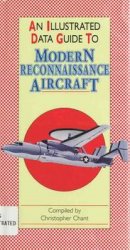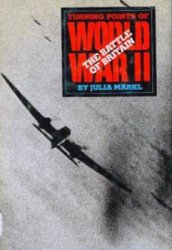Through it all, Kennedy retained his hold on public opinion. In the fall of 1963 most observers believed he would win a second term. Then, while visiting Dallas, Texas, on November 22, he was shot in the head by an assassin, Lee Harvey Oswald, and died almost instantly.
Kennedy’s assassination precipitated an extraordinary series of events. Oswald had fired on the
President with a rifle from an upper story of a warehouse. No one saw him pull the trigger. He was apprehended largely because he panicked and killed a policeman across town later in the day. He denied his guilt, but a mass of evidence connected him with the assassination of the president. Before he could be brought to trial, however, he was himself murdered by Jack Ruby, the owner of a Dallas nightclub. The incident took place in full view of television cameras, while Oswald was being transferred from one place of detention to another.
Each day brought new revelations. Oswald had defected briefly to the Soviet Union in 1959, then had returned to the United States and formed a pro-Castro organization in New Orleans. Many concluded that some nefarious conspiracy lay at the root of the tragedy. Oswald, the argument ran, was a pawn—either of communists or anticommunists (the conspiracy theories lost none of their appeal for being contradictory)—whose murder was designed to

JFK and Jacqueline Kennedy ride in a motorcade with Texas Governor John Connolly and his wife in Dallas, November 22, 1963. Several minutes later, Kennedy was shot and killed; Connolly was wounded.
Shield from exposure the masterminds who had engineered the assassination. A special commission headed by Chief Justice Earl Warren was convened to analyze the evidence. After a lengthy investigation, it concluded that Oswald had acted alone.
Instead of dampening charges of conspiracy, the report of the Warren Commission provoked new doubts. As word leaked out about the earlier CIA assassination attempts against Castro, the failure of the Warren Report even to mention Operation Mongoose made the commission suspect, all the more so since several members, including Allen Dulles, former director of the CIA, had known of the operation. (On the day of Kennedy’s assassination, a CIA agent in Paris gave a Cuban who had volunteered to assassinate Castro a ballpoint pen containing a poisoned hypodermic needle.) In fact, there is little solid evidence to suggest that Oswald was part of a wider conspiracy. But the decision of Dulles and other commissioners to protect CIA secrets engendered skepticism.
One measure of Kennedy’s hold on the public imagination was the outpouring of grief that attended his death. Kennedy had given hope to people who had none. Young black civil rights activist Anne Moody, who later wrote Coming of Age in Mississippi, was working as a waitress in a segregated restaurant. “Tears were burning my cheeks,” she recalled. Her boss, a Greek immigrant, gently suggested she take the rest of the day off. When she looked up, there were tears in his eyes too.




 World History
World History









